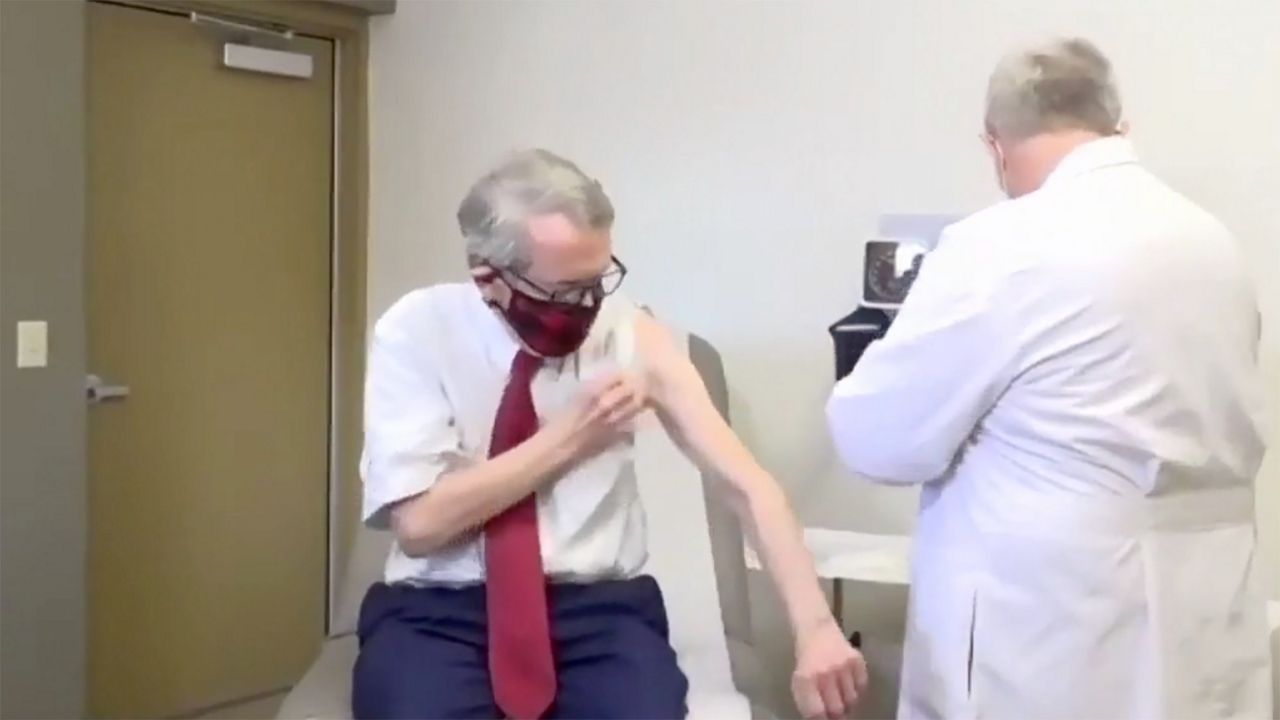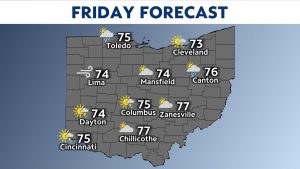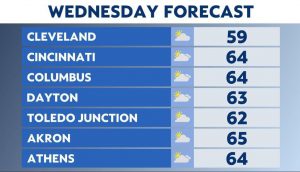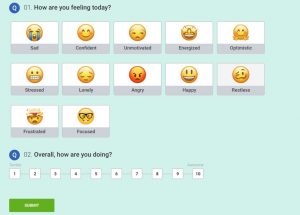COLUMBUS, Ohio — While the state reports new problems with its vaccine roll out, positive trends in coronavirus numbers offer opportunites for optimism as the state gets closer to reopening after a long COVID-19 surge that began in October.
Gov. Mike DeWine and his wife, Fran DeWine, received the first dose of the COVID-19 vaccine Tuesday in a procedure streamed live in a feel-good moment later overshadowed by news of a mishap with vaccinations given to a number of nursing home residents.
The governor addressed the state of the pandemic in Ohio during a news conference Tuesday, and he shared the latest on the state’s investigation of an incident that resulted in five nursing homes receiving “compromised” vaccines Monday.
Coronavirus Cases Numbers Improve
Ohio’s seven-day average for new cases dropped to 4,260 Tuesday, the lowest it has been since Nov. 6.
The state reported 2,488 hospitalizations, the second time in a week hospitalizations dipped below 2,500.
The curfew is expected to be eased back to midnight on Feb. 11 as a result of the state reporting under 3,000 hospitalizations for seven straight days.
DeWine has said the state’s current 11 p.m. to 5 a.m. curfew could be eliminated altogether if hospitalizations stay below 2,500. As of the last update, the state will keep the each curfew in effect for at least two weeks.
The governor said he is pleased to see cases coming down, but the death count Tuesday, 106, was a reminder that tragedy from the pandemic continues.
“Our deaths, of course, lag, and they don’t always come in necessarily on the day when they occur,” he said.
Phase 1B Nearly in Full Swing
More than 880,000 people in Ohio have received at least the first dose of the vaccine as of Monday, or about 8% of the population, according to the Ohio Department of Health.
Next week, Ohio will make all residents 65 and older eligible for vaccination, and “in a week or so” Ohio will begin vaccinating a wider population of medically vulnerable residents in Phase 1B, the governor announced Tuesday. In the next phase, people with severe congenital, developmental or early-onset medical disorders will become eligible.
The governor announced that 89% of nursing homes have been visited for second shots, as well as 48% of assisted-living facilities. All nursing homes have received one round of vaccinations; for assisted-living facilities, the figure was 86%.
The governor celebrated the start of vaccinations for school staff, which the state hopes to complete “in the early part of March,” with all schools having the opportunity to get at least one shot by March 1, which is the date when all schools participating in the vaccine program are supposed to be back in the classroom.
“We can’t vaccinate every teacher all on the first day, or even the first week. We have limited supply and we wanted to continue to be able to, at the same time, be vaccinating our older Ohioans,” DeWine said. Pfizer Shots for Governor and First Lady
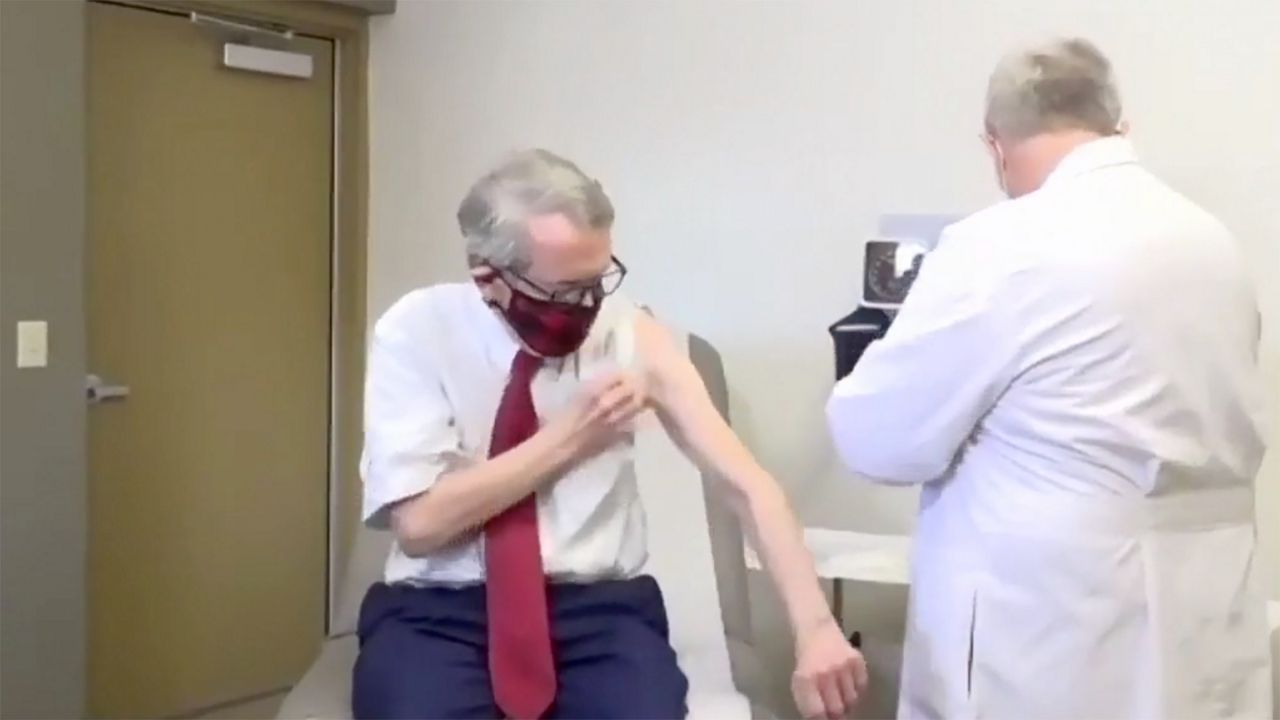
Gov. Mike DeWine was vaccinated Tuesday morning by his primary care doctor.
The governor and his wife, Fran DeWine, Ohio were vaccinated Monday morning by their primary care doctor in Cedarville, Dr. Kevin Sharrett of Kettering Health Network.
Sharrett said during a live-streamed event Tuesday morning that they can expect possible inject site pain, maybe short-lived low grade fever or body aches, and said they will have 60-70% immunity in 12 days.
The governor and first lady were eligible for Tuesday’s vaccine dose because both are older than 70, the age group that could receive vaccines in Ohio beginning this week under the state vaccination plan. DeWine, a Republican, had said previously he would not cut in line for the shot and would wait his turn.
Sharrett said he is frequently asked about the vaccine’s safety. The vaccine is not only safe, it’s a better choice than coming down with COVID-19, Sharrett said.
“The positive benefits of taking the vaccine by far outweigh any kind of negative to the vaccine,” he said. No serious adverse reactions have been seen among the thousands of doses given locally, Sharrett said.
Afterward, Sharrett handed Fran DeWine a red sucker and the governor a purple one.
The governor addressed a question if he and Fran DeWine cut they line. He said it was important to him they waited until residents 70 and older were eligible.
“I fully understand that everybody wants to sign up this week isn’t getting in, and that weighs very heavily on me,” he said.
“Compromised” COVID-19 Vaccines
Federal and state officials are investigating the administration of “compromised” COVID-19 vaccine doses to five nursing homes in the state by Walgreens, DeWine announced Tuesday afternoon.
Officials said vials of the vaccine where not kept at the temperature that is required by the manufacturer. As a result, the compromised shots, which were given Monday, may not be effective, and officials are investigating who may need to be “revaccinated.”
The state said there is no reason to believe anyone is in any medical danger as a result of the temperature issue. The Centers for Disease Control and Prevention will assist in determining who should be vaccinated again.
Dr. Bruce Vanderhofff, chief medical officer of the Ohio Department of Health, said the state’s concern is making sure everyone received an effective vaccine.
Taking reporters’ questions, DeWine said the problem did not occur at the nursing home as far as he is aware, but he said it was too early to place blame at this time.
Vaccine Uptake Low in Minority Communities
According to the state’s vaccine dashboard, 6.29% of white residents have been vaccinated, 6.95% of Asian residents, 2.76% of Black residents, and 2.43% of Hispanic or Latino residents.
Officials announced Tuesday an advisory group would take a closer look at strategies to better reach underserved communities. The minority health advisory group includes health care professionals, community leaders, clergy, Appalachian community leaders, and minority small business owners, and other advocates.
DeWine said his administration is trying to boost the number of vaccines administered to and available for minority communities.
With feedback from the state’s minority health vaccine advisory group, “we will continue to gain a better understanding of the barriers to vaccination and this will help develop solutions,” DeWine said.
The governor told Spectrum News 1’s Molly Martinez the state is making plans to bring vaccines directly to churches in target communities.
Officials announced plans to bring vaccines to affordable congregate housing for seniors, where 87,000 people live. The state said it has identified more than 700 sites in high-density metropolitan and suburban area, according to Ursel McElory, Director of the Ohio Department of Aging, who spoke during the briefing.
The governor said the state is providing vaccines to federally qualified health centers because they serve vulnerable and underserved communities. DeWine announced 60 of these facilities are receiving vaccines this week, which he hopes will make vaccine distribution more equitable. The first health center clinics were held in Columbus last week and Cincinnati this week, DeWine said.
When DeWine spoke to county health directors on Tuesday, he learned about protocols for “setting aside dosage each week” for underserved populations. He said health departments in Dayton, Columbus, and Cuyahoga counties are partnering with faith-based communities, senior centers, and other organizations that work to serve minority populations to provide opportunities for vaccination.
Additionally, the governor said the state is trying to reduce barriers to vaccination by using the Department of Medicaid to provide transportation options to vaccination sites.
The Associated Press contributed to this report.

